If pop-ups are blocked for the website, please allow them in your browser and restart the course. Continue the course from the new tab, and do not close this tab until you have completed the course.
The course, “Navigating the SIU Minefield” is designed to enhance the student’s
knowledge, understanding, and professional competence in the investigation and
resolution of suspected arson/fraud claims. The module is presented by Douglas K.
Wood, a Partner at Morris Polich & Purdy LLP, and Ulises Castellon, CPCU, RPA,
the principal of a consulting business, ClaimsAnalysis.
Doug and Ulises
begin by outlining red flags that may arise in an SIU investigation. They then
address juror perceptions and attitudes, and the economics of arson or fraud.
Throughout the course, they emphasize certain “Guiding Lights,” such as the
importance of a truth-seeking mindset for an adjuster. Other Guiding Lights
highlight the importance of internal documentation and external communication,
how to address key decision-making forks in the road, and the key that the
insured is in control of the timing. Next, they explain how to strike an
appropriate balance in arson/fraud reporting. They discuss the when and why of
the Reservation of Rights letter. They also consider how to work effectively with
the Agent, how to deal with innocent co-insureds, and other potential issues and
problems. They help identify set-up red flags in bad-faith set-up letters and how
to avoid them. Finally, they address how to respond to requests by the fire or
police departments or the insured’s attorney, and how to request witness
statements.
After completing the course, the attendee should be able to:
identify red flags in an insurance claim; have an awareness of potential
juror perceptions and attitudes; know the importance of a truth-seeking mindset
when investigating a potential arson/fraud; identify key decision-making forks in
the road; comply with arson/fraud reporting requirements such as Reporting and
Immunity statutes; formulate a Reservation of Rights letter and know its value;
obtain authorizations; identify the importance of the insured’s agent; understand
the issues surrounding innocent co-insureds; identify the red flags in bad-faith
set-up letters; craft a response to a bad faith set-up letter; respond
appropriately to the fire or police departments, witnesses, or the insured’s
attorney; and differentiate between Intentional Acts breaches and Concealment or
Fraud breaches.
The course is designed for practitioners and insurance
professionals working in the area of first-party property insurance coverage and
litigation.
What CE Credit is available?
Note: To qualify for credit, you must submit completion (including a passed final exam if required) within five days of completing the last quiz. No partial credits will be awarded.
|
State:
|
Adjuster General
CE Hours: |
Adjuster Ethics
CE Hours: |
Attorney General
CLE Hours: |
State's Course ID:
|
| NH | 2.0 | 475032 | ||
| TX (classroom equivalent) | 2.0 | 137846 | ||
| NC | 2.0 | C99025 | ||
| FL * ( Provider Number: 364169 ) | 2.0 | 1198951 | ||
| IL | 2.0 | 485541 | ||
| WY | 2.0 | 36205 | ||
| OK | 2.0 | 1025772 |
* This course has been approved by the Florida Department of Financial Services for insurance continuing education credit.

